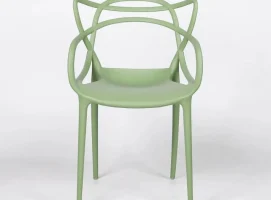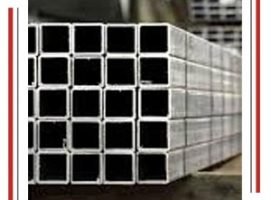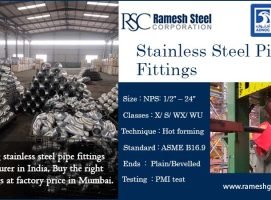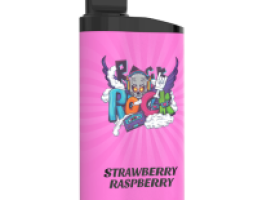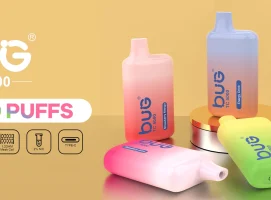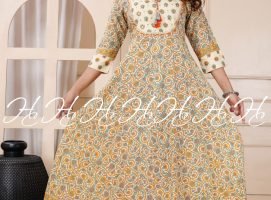How do kurti manufacturers price their products for wholesale buyers?
Pricing plays a crucial role in the success of any clothing business, and the same applies to the kurtis manufacturer industry. Whether you are a small retailer, a boutique owner, or an e-commerce seller, understanding how kurti manufacturers determine their wholesale pricing can help you make informed purchasing decisions and improve profit margins. In cities like Jaipur, known for its vibrant textile industry, competition among Jaipur kurti manufacturer wholesale suppliers is high. Each manufacturer has its own pricing strategy influenced by factors like raw materials, craftsmanship, labor, design complexity, and market trends.
In this article, we’ll explore how kurti manufacturers set their wholesale prices, what factors they consider, and how buyers can evaluate pricing to ensure value and quality.
1. Raw Material Costs Determine the Base Price
The first and most significant factor in wholesale kurti pricing is the cost of raw materials. Fabrics such as cotton, silk, rayon, georgette, and linen vary greatly in price, and their quality directly impacts the final product. For instance, high-thread-count cotton or pure silk naturally costs more than blended or synthetic materials.
A kurtis manufacturer often buys fabric in bulk from textile mills, which helps reduce per-meter costs. However, when premium materials or imported fabrics are used, the overall base cost increases. Additionally, embellishments like embroidery threads, sequins, zari, lace, and buttons also contribute to material costs.
Manufacturers in Jaipur, known for their ethnic and hand-printed kurtis, often source hand-block printed fabrics and natural dyes locally. These artisanal techniques require more effort, raising the material cost but also enhancing the product’s authenticity and appeal.
2. Labor and Craftsmanship Influence the Final Price
Labor is another key component in pricing. The craftsmanship and expertise required to produce a kurti play a major role in determining cost. Intricate embroidery, handwork, or custom designs demand skilled artisans, and their wages add to production expenses.
A Jaipur kurti manufacturer wholesale business often employs local artisans who specialize in traditional techniques such as bandhani, block printing, gota patti, and mirror work. These designs are time-intensive, so the labor cost per unit is higher compared to machine-stitched or printed kurtis.
Moreover, the manufacturer must also consider production timelines and worker wages. Faster production may require more staff or overtime pay, which can increase overall costs. Thus, handmade kurtis are priced higher due to the artistry and effort involved.
3. Design Complexity and Innovation Affect Pricing
Design innovation is a crucial element in modern fashion manufacturing. Kurti manufacturers who invest in creative design teams, trend research, and pattern development often charge more because of the uniqueness they offer.
For instance, a kurtis manufacturer producing standard straight-cut cotton kurtis will have a lower price point compared to one offering asymmetrical, designer, or fusion-style kurtis with embroidery, digital prints, or layered detailing. Customization options for wholesale buyers—like exclusive designs, size variations, or logo branding—also raise the price since they require additional time and resources.
Design also influences production waste and fabric usage. More elaborate designs can lead to higher fabric consumption and wastage, which manufacturers factor into their wholesale prices.
4. Production Volume and Economies of Scale
When it comes to wholesale pricing, quantity plays a significant role. Most Jaipur kurti manufacturer wholesale suppliers offer discounts based on bulk orders. This is because higher production volumes lower the per-unit cost due to economies of scale.
For example, if a boutique orders 50 kurtis, the cost per piece may be higher compared to an order of 500 pieces. Large-scale production optimizes resource use, reduces fabric wastage, and allows for better negotiation with raw material suppliers. Therefore, wholesalers reward bulk buyers with competitive rates.
On the other hand, small-batch or customized orders typically have a higher cost since production lines must be adjusted for fewer units, reducing efficiency.
5. Overheads and Logistics Add to Total Cost
Manufacturing is not limited to fabric and labor costs alone. Overheads like electricity, water, rent, machinery maintenance, packaging, labeling, and transportation also contribute to the final wholesale price.
For a kurtis manufacturer operating in Jaipur’s industrial clusters, overheads might include showroom expenses, warehouse management, and quality inspections. These hidden costs are essential to maintaining consistent production and delivery standards.
Shipping and logistics also play a role, especially for buyers outside Jaipur or India. Manufacturers often add a transportation margin depending on the destination, weight, and delivery timelines.
6. Market Trends and Seasonal Demand Influence Pricing
Fashion trends change rapidly, and kurti manufacturers must adapt to stay competitive. Prices fluctuate based on seasonal demand and consumer preferences. For instance, cotton and linen kurtis are in high demand during summer, while silk or velvet kurtis sell more during festivals and winter.
A Jaipur kurti manufacturer wholesale business typically adjusts its pricing to reflect market conditions. During festive seasons like Diwali or Eid, prices might rise due to increased demand and limited production capacity. Conversely, off-season sales may offer discounted rates to clear stock.
Market competition also affects pricing—manufacturers often study rival brands and adjust rates to attract wholesale buyers without compromising quality.
7. Branding, Quality Assurance, and Reputation Impact Price
Well-established kurti manufacturers who maintain consistent quality standards can command higher prices. Buyers often trust reputed brands for durability, comfort, and design authenticity. A manufacturer that offers strict quality control, accurate sizing, and defect-free stitching earns long-term loyalty from wholesale clients.
Many kurtis manufacturer businesses in Jaipur also invest in sustainable production practices—such as eco-friendly dyes, organic fabrics, and ethical labor conditions—which add value and slightly increase prices. However, these ethical and sustainable efforts often appeal to modern buyers seeking environmentally responsible products.
8. Profit Margins and Competitive Strategy
Finally, manufacturers need to maintain a healthy profit margin while staying competitive. Most kurti manufacturers calculate a markup percentage over total production cost to ensure profitability.
For wholesale pricing, the profit margin is usually lower than retail because of larger order quantities. However, manufacturers balance this through repeat orders and bulk sales. Competitive pricing strategies ensure that both the manufacturer and the wholesaler benefit from fair margins.
Conclusion
In summary, the pricing strategy of a kurtis manufacturer depends on several intertwined factors—raw materials, craftsmanship, design, volume, overheads, market trends, and brand reputation. For Jaipur kurti manufacturer wholesale buyers, understanding these elements helps in negotiating better rates and ensuring consistent quality.





